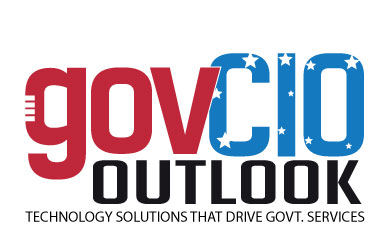Welcome back to this new edition of Gov CIO Outlook !!!✖
MARCH 2024 9GOVERNMENT CIO OUTLOOKneeds to be led by our Emergency Managers; we must create tools and templates and educate and empower our communities to foster such a program. Equipping residents with the necessary skills and knowledge to respond to emergencies can make a significant difference in the outcomes of a crisis. The community needs to become part of our system, and we need to become part of our communities.The other approach is creating inclusive emergency plans, which are pivotal in mitigating social and health equity issues by establishing community workgroups in the planning process, ensuring that diverse groups' unique needs and concerns are considered. These workgroups can provide accessible information in multiple languages, consider the needs of persons with disabilities, and establish community partnerships to enhance the effectiveness of emergency communication, response efforts, and community connections.These two programs together improve community engagement. Neighborhood-ready programs and Community workgroups tap into the local knowledge and expertise that can be critical during emergencies by involving residents in the planning and decision-making processes. Creating a sense of shared responsibility within the community fosters a collective commitment to preparedness, ensuring everyone plays a role in building resilience.In conclusion, neighborhood resiliency is a dynamic and community-driven endeavor, and neighborhood-ready programs and community workgroups are pivotal in its success. These programs empower residents to actively participate in their preparedness by prioritizing community engagement, education, communication, and collaboration. As we navigate an era of uncertainties, investing in neighborhood resiliency through innovative programs becomes an investment in the well-being and strength of our communities, ensuring our residents are prepared for whatever may come next. This will be the measurement of our success.About Kristin WeivodaMs. Weivoda has a Bachelor of Science and is currently attending Northwestern Pritzker School of Law for a Master of Science in Law. Ms. Weivoda worked as a firefighter and flight paramedic before joining Yolo County in 2013 as the Emergency Medical Services Administration; today, she serves as the Chief of Emergency Services for the Office of Emergency Services. She is a California Office of Emergency Services Credentialed Branch Chief and a FEMA-certified ICS Instructor. In the past, Ms. Weivoda was an executive board member of the EMS Administrators Association of California and their legislative chair, appointed by Governor Newsom to serve on the State Commission and served on the California State Disaster Preparedness sub-committee. Ms. Weivoda has presented at conferences on topics ranging from public health response facility evacuations to wildland fires and emergency preparedness best practices in Utah, Arizona, Hawaii, Nevada, and California. Ms. Weivoda has received the following awards: the recipient of the 2020 California State Association of Counties (CSAC)Circle of Service Award, the California Emergency Medical Services (EMS) Administrator of the Year in 2020, and a 2021 Yolo County SPIRIT Award winner in the category of Service. Ms. Weivoda is a passionate public servant and a collaborative leader who strives to empower communities to have greater resiliency. She believes in a holistic approach to emergency management by bringing all stakeholders together to tackle obstacles. As we navigate an era of uncertainties, investing in neighborhood resiliency through innovative programs becomes an investment in the well-being and strength of our communities, ensuring our residents are prepared for whatever may come next. This will be the measurement of our success.
< Page 8 | Page 10 >
< Page 8 | Page 10 >
